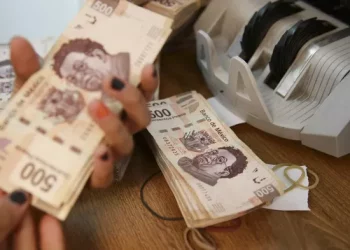The Reserve Bank of India (RBI) faces challenges in managing the volatility of the rupee due to a continued decline in foreign exchange reserves, which fell by $2.36 billion to $583.53 billion for the week ended October 20th. This decline occurred despite a $1.15 billion increase in the previous week and follows a five-month low in the week ended October 6.
On Wednesday, the rupee traded at 83.27 against the US dollar in the afternoon session, down from 83.25 in the previous session. The RBI has been intervening in the forex market to prevent the rupee from falling below a low of 83.29. However, this decline in reserves may limit the RBI’s intervention, which could weaken the rupee.
In addition, the rupee is expected to open around 83.26-83.2650 against the US dollar, with a potential surge in buying if the RBI allows it to trade above 83.30 while preventing it from falling below a record low of 83.29. Asian currencies are depreciating, while the U.S yield and the Dollar Index (106.75) are slightly higher.
The Federal Reserve is expected to keep the Fed Funds rate at 5.25-5.50%, with a possible softening of future rate hikes due to rising U.S. yields, according to some analysts’ views and Morgan Stanley’s expectations based on Fed Chair Powell’s recent balanced risk outlook speech.
NSDL data showed foreign investor activity on October 30, with $203.8 million worth of Indian equities sold and $8 million worth of Indian bonds bought. The one-month rupee non-deliverable forward is at 83.33, the onshore one-month forward premium is at 5.25 paisa, Brent crude oil futures have risen to $85.3 per barrel, and the 10-year U.S. Treasury note yield is at 4.92%.
A spot dealer suggests that the Fed’s decision won‘t have a significant impact on the rupee’s range, adding another layer of complexity to the RBI’s task of maintaining the rupee’s stability amidst these various factors.



























